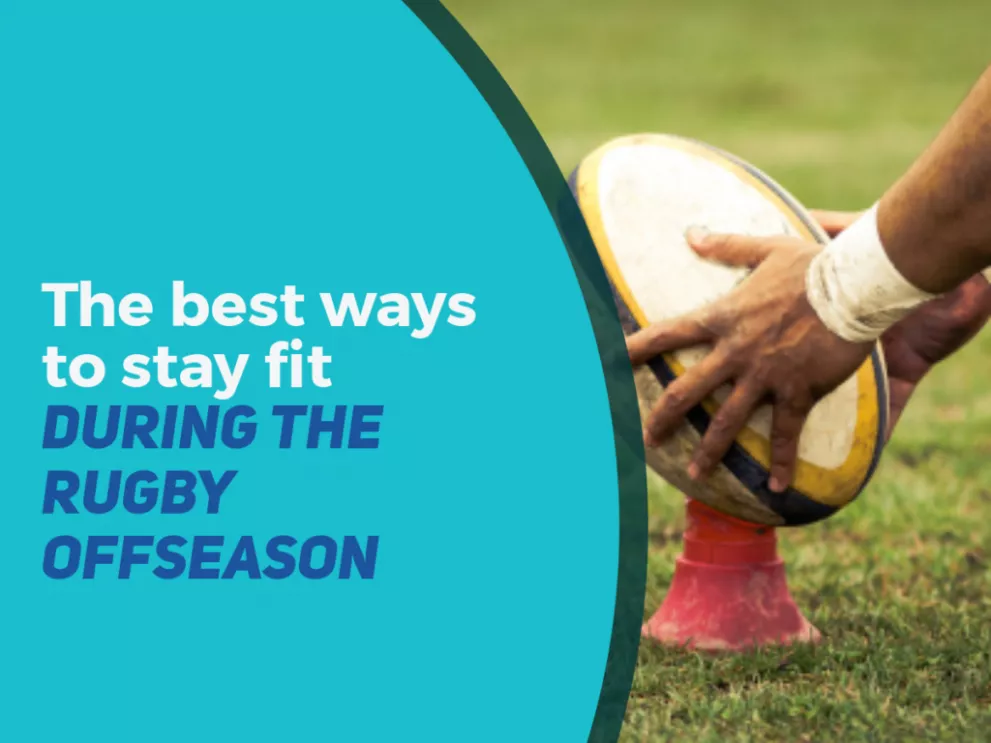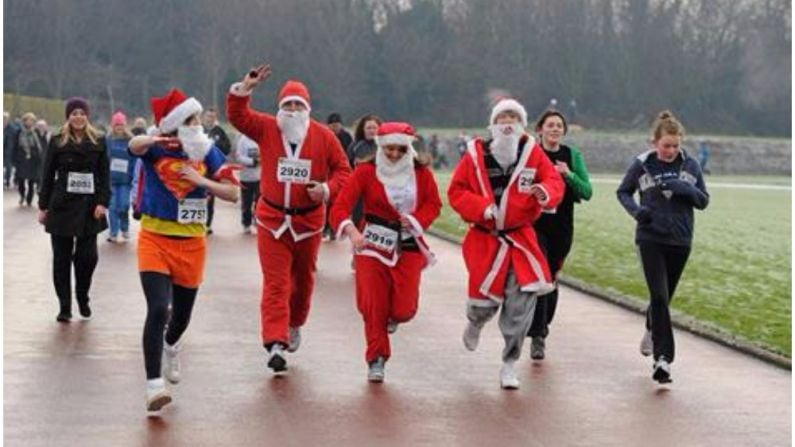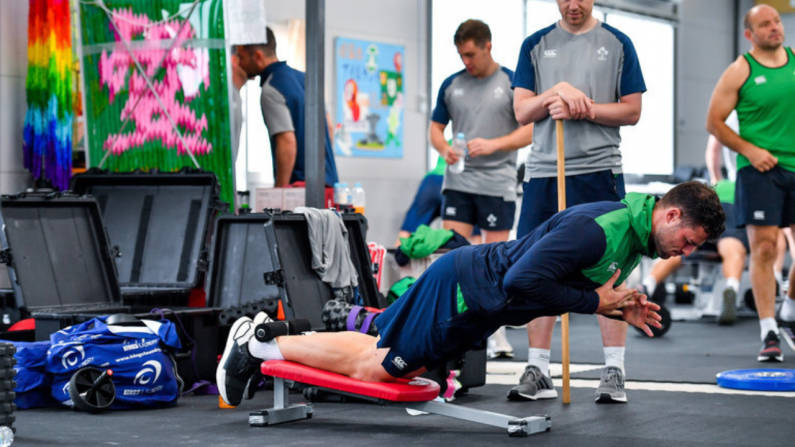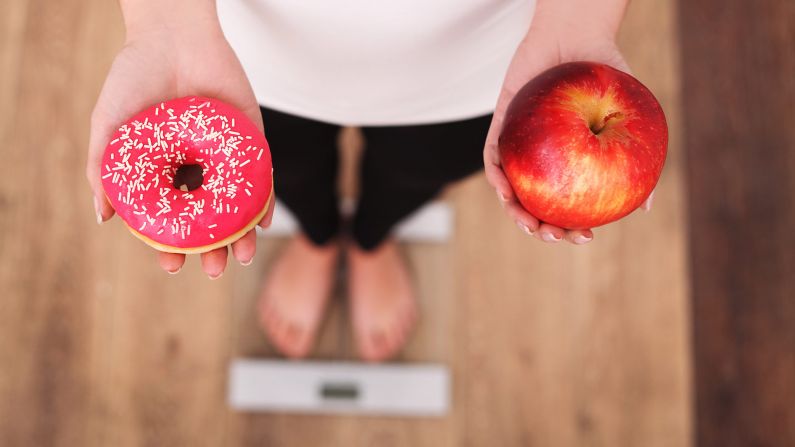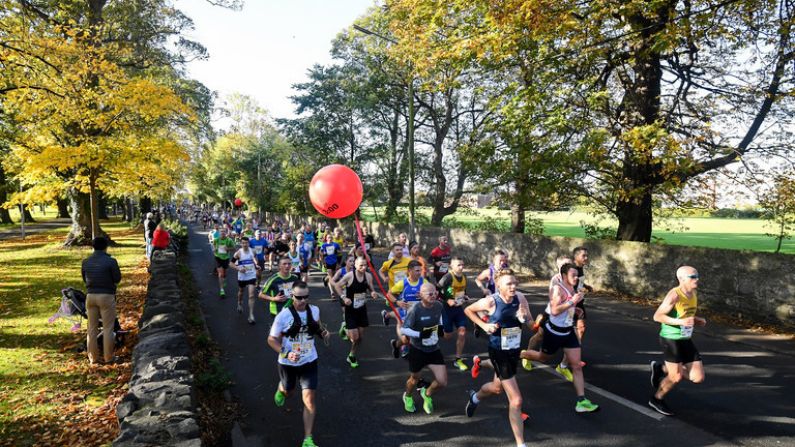With the rugby season coming to a wind down for the summer, this is the time players get to relax and take time away from intense training and games to let themselves physically recover and get ready for the new season ahead. There are a few things players can do to develop their game and put themselves in a great position coming into the new season.
The off-season is an excellent time for players to sort out any niggles or smaller injuries which may have cropped up throughout the season but may have not gotten sorted due to games and training. Visiting a physiotherapist or any other rehabilitation specialist can help in sorting out any of those injuries. This is extremely beneficial because once you enter back into the regular season, rehabilitation may lower the risk of the injury becoming worse requiring you to take even more time out.
Strength and conditioning is another area to focus on during the off-season and pre-season. Getting into the gym or booking a session with a strength and conditioning coach and emulating movements which are specific to the game is the key to being physically prepared for the coming season. Tapering down the weight you use is important as this is the time your body is recovering from a long season. Perfecting the movement of these exercises is the most important part of strength and conditioning at this point. Lifting heavier weights is something which is built up and used throughout the normal season of play.
- Squatting is an important movement throughout the game and performing movements such as back squats, front squats and overhead squats can improve balance and coordination.
- Pushing is another movement within the game that can be improved upon in the gym. Pushing is important when making a handoff. Exercises such as the jammer press with a barbell, bench press or Arnold press all contribute to ensuring you have a powerful, strong push movement within the game.
- Twisting is a movement which is used constantly within the game of rugby, such as passing or resisting a tackle. Working on the oblique muscles of the abs can help develop this twisting mechanism. Exercises such as Russian twists, side planks and push ups incorporating a twist are great exercises to practice.
- Single leg movements are extremely important in rugby. Players are often twisting on one leg to make a pass or dodge a tackle. This can make players extremely vulnerable to ligament injuries of the knee. Practicing movements such as side lunges, single leg squats and dips are brilliant in conditioning the muscles of the knees and hips reducing the risk of injury.
- Plyometric training is also a top notch way to get ready for the coming season. The basis of plyometric training is to exert as much force available in a quick manner to create as much power as possible. Plyometric training is useful in rugby as power and speed are something which go hand in hand in the game. It should be advised that younger players should not attempt high intensity jumps as this may affect their bone development and players over 100kgs are at a higher risk of injury while carrying out depth jumps. Allow for 2-3 days between sessions for full recovery.
- Practicing jumps in different directions. Jumping with both feet and performing a hop can help emulate the stepping movement of rugby which Is extremely valuable to a player. Begin with a cone and build it up to higher objects which are safe to jump over.
Depth jumps are great for rugby as they emulate catching an aerial ball, catching a ball in a line out, or from a cross field kick etc. Sprinting straight after you complete the jump in a horizontal direction can be added in to combine different elements of play.
Physically challenging your body while doing another activity is very beneficial to prevent injury and beat the boredom of carrying out the same activity that you’ve been doing throughout the season. This is where the importance of keeping up your cardiovascular fitness comes to light. Cardio fitness 2-3 times a week (depending on level of competition) is recommended. Steady cardio is important as you do not want to physically exert yourself too extensively during the off-season and pre-season to help avoid fatigue.
As it is summer time during the off-season and pre-season getting out for a cycle is invaluable for cardiovascular fitness. It can also help to condition muscles such as the calf’s and quadriceps.
Swimming is also another form of cardio which is excellent to challenge yourself with. This is especially important for players who may still be recovering from an injury. As swimming does not cause you to put any weight bear through any of your joints. Avoid breaststroke if you are suffering with a knee injury.
To conclude perfecting movements in the gym and trying something new can be helpful in recovery from a long season both physically and mentally.
***The information contained in this article is for educational and informational purposes only, is made available to you as education and information for your own use. Please consult a professional in person before beginning a new exercise programme.***
Cora Dempsey is a final year student physiotherapist who has a huge interest in sports medicine and exercise physiology


